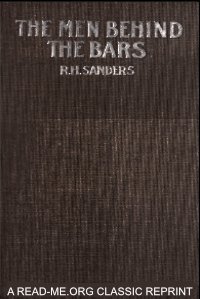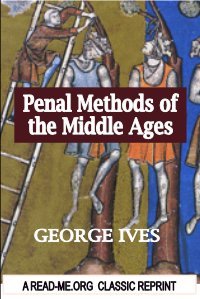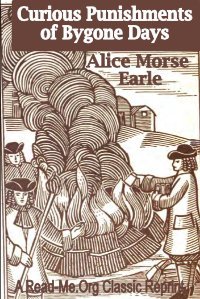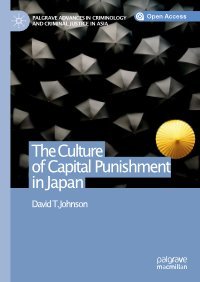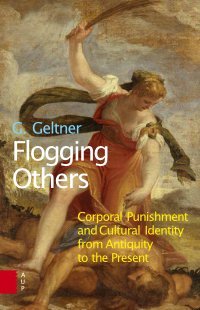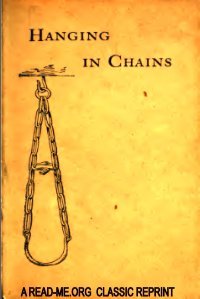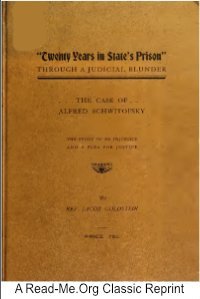By Kent F. Schull.
Microcosms Of Modernity. “While researching in the Imperial Ottoman Archives in Istanbul I found a treasure trove of untapped documents related to penal institutions and prison reform in the late Ottoman Empire. I quickly realised how integral criminal justice reforms, including prisons, were to Ottoman plans to restructure the empire comprehensively. I also recognised that prisons were intrinsic to many facets of Ottoman modernity and nation-state construction during the nineteenth and the early twentieth centuries….Similar to Foucault’s assessment of French prisons, I argue that various late Ottoman administrations utilised prisons as important instruments of social control and discipline.”
Edinburgh University Press (2014) 241p.





